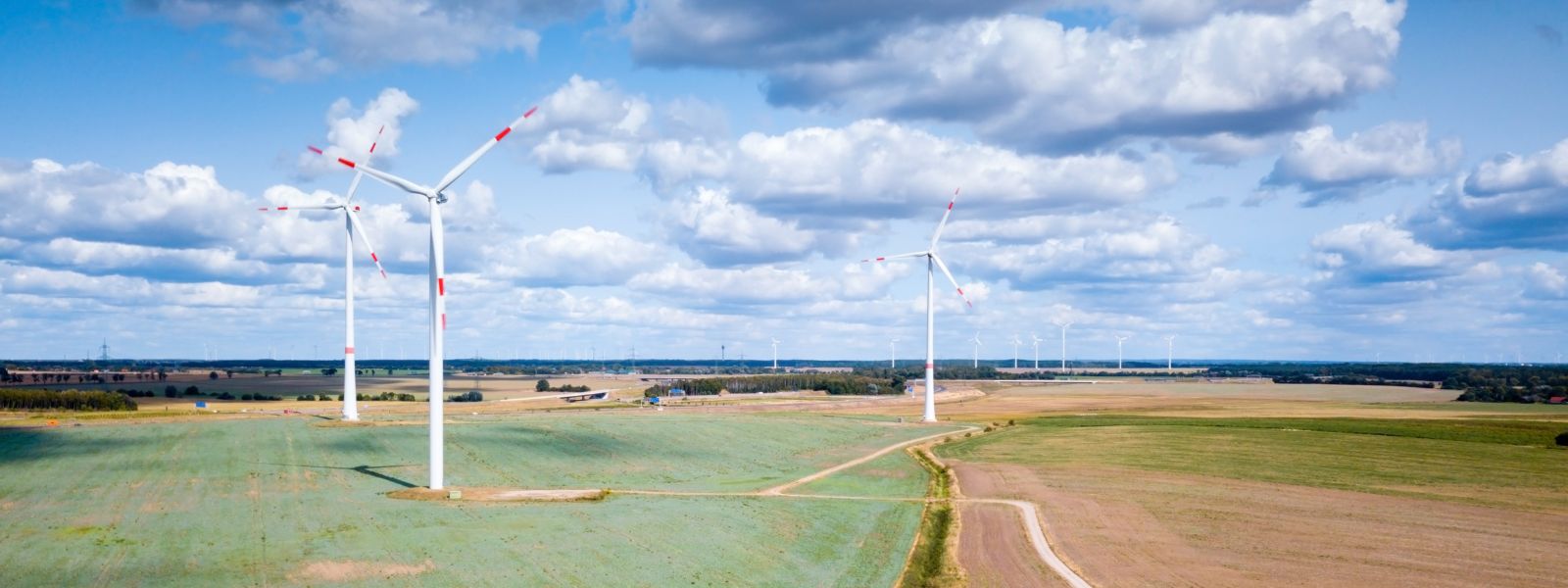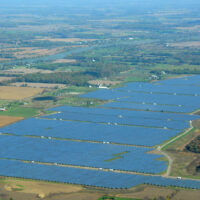This post was previously published in the Globe and Mail.
The global transition away from fossil fuels is accelerating, and Canada’s newly announced Clean Electricity Regulations and Powering Canada Forward framework will help ensure the country successfully navigates that transition while protecting affordability and grid reliability.
Already, the U.S. and European Union are collectively investing trillions in cleaner industries to secure their place in this new trade order. Luckily, Canada has a clean industrial ace up its sleeve that many of our competitors do not: clean power. But as it stands, Canada is at risk of squandering its winning play – a risk that the federal government wants to mitigate.
The new Clean Electricity Regulations will be critical in helping Canada build a net zero electricity grid by 2035, a goal shared by the entire Group of Seven. But the implications are broader than just electricity generation alone. This past June, for the first time, Canada’s Energy Regulator provided detailed net zero scenarios for our economy, concluding that a bigger, cleaner and smarter electricity system will be the “backbone” of any net zero future. The analysis also found that – contrary to the views of some – achieving (and even exceeding) the government’s goal of net zero electricity by 2035 is possible.
The good news is that Canada is beginning with a significant head start. Our grid is already 84 per cent non-emitting, compared to only 40 per cent in the U.S. That means that the products we make here, from steel to batteries to aluminum, already have a lower carbon footprint. It’s one of the reasons General Motors and others opted to make their components for EV batteries in Canada. And it’s why the Canadian steel industry is vocal in its support of federal government measures to expand clean power.
What’s more, households will actually spend less on energy as they switch to clean electricity, thanks to efficient, bill-slashing technologies like electric vehicles and heat pumps, according to a number of studies. And powering your home and vehicle with clean electricity means avoiding the fossil fuel price volatility inflicted by Russia or Saudi Arabia.
But these new electricity regulations come at a time when Canada is at risk of losing its clean industrial advantage. The country is going to need a lot more electricity in the future (roughly double, in fact) as Canadians plug their cars, homes, and factories into the grid. Canada is at a critical juncture. Without a clean directive, our grid faces the prospect of becoming dirtier – in stark contrast to the direction our trade partners are heading.
Indeed, despite making some progress with a new energy plan, Ontario recently offered up six new contracts for natural gas-fired power to manage its expanding energy needs, especially in light of major nuclear plants going offline. A few provinces have opted to fight the federal government’s clean power ambitions, Alberta most vocally. Premier Danielle Smith even went so far as to reference her opposition to the regulations in the closing words of her election victory speech.
But the opportunity is national, and the provinces resisting these regulations are often those with the most to gain in new investment. Alberta has already bagged almost $4-billion of private sector investment in renewable power. Meanwhile, Atlantic Canada is attracting clean hydrogen proposals left, right and centre, mostly off the back of its abundant offshore wind prospects.
Clean power is cheap. Wind can now produce electricity at lower costs than natural gas-fired power in Alberta and Ontario. Solar power is already cheaper than electricity from gas in Alberta and is on track to be 16 per cent less expensive by the end of the decade. And contrary to popular belief, there are lots of ways to balance renewables’ variability.
While clean electricity is often the cheapest kind around, shifting our grids away from fossil fuels requires investment. To complement the new regulations, the federal government is offering help to provinces and utilities, including new investment tax credits that cover between 15 and 30 per cent of investment costs for clean electricity projects. They’re also offering up new financing sources like the Canada Infrastructure Bank and help with clean electricity generation, transmission, and storage projects – including the Atlantic Loop.
Now the provinces need to step up. They need to decide if they will row together toward a more competitive Canada, making the investments and modernizations required, or if they will row against the international tide and risk squandering our advantage.
Building a clean electricity infrastructure that will power our prosperity in the 21st century will take work. The question is not, can Canada afford to take these steps? But instead, can it afford not to?








